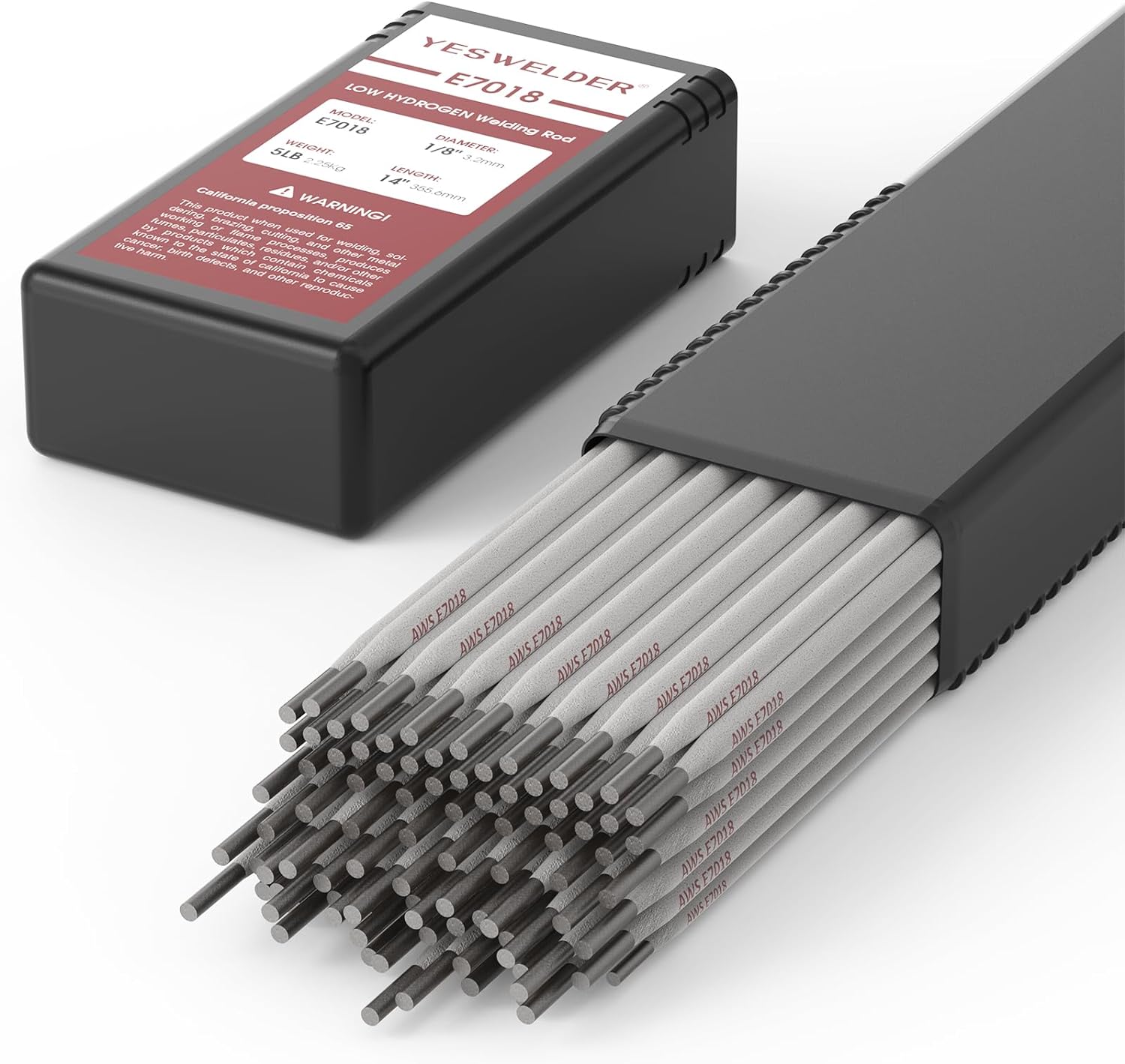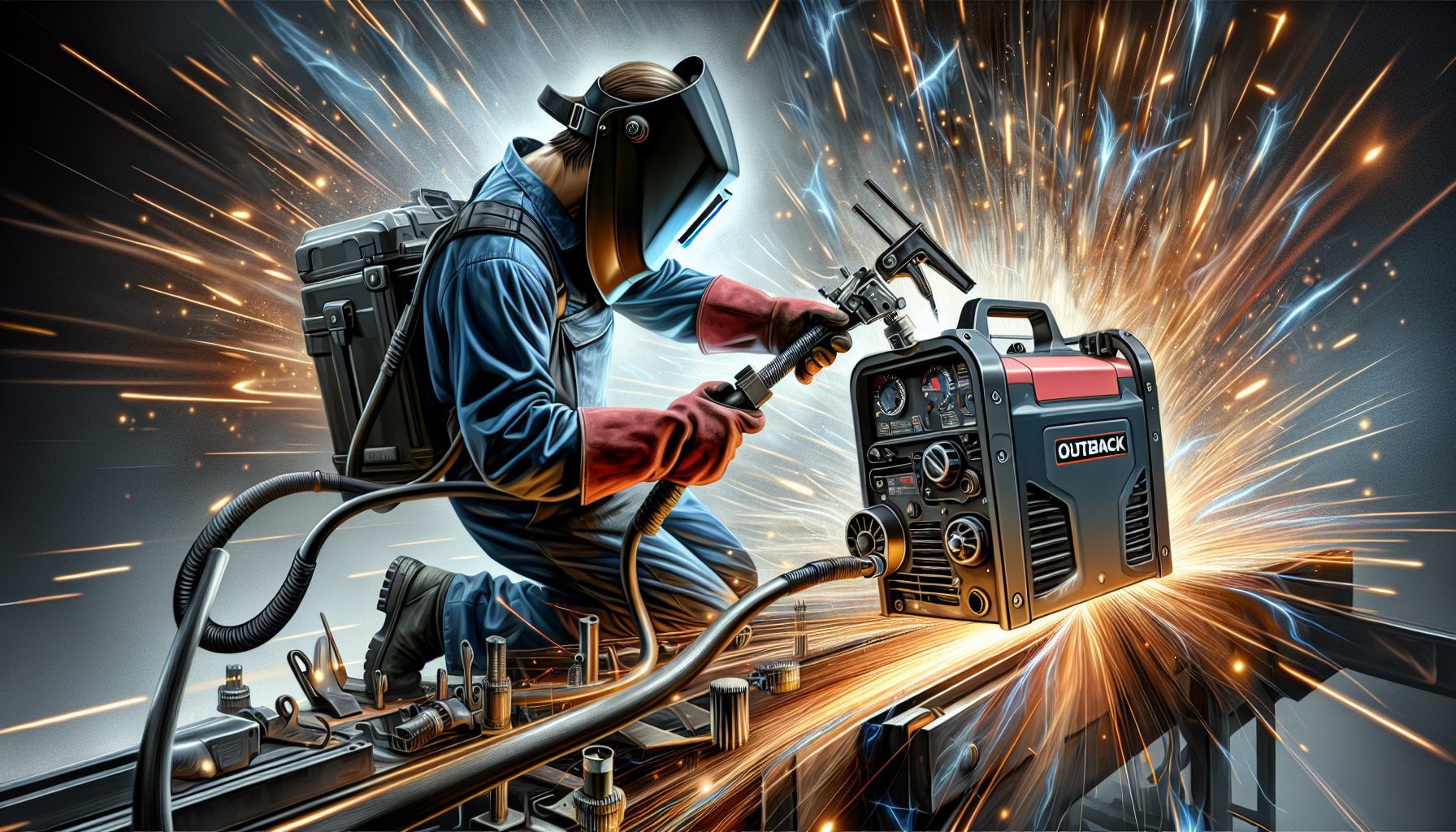In the world of welding, safety should always be a top priority. With the intense heat, bright sparks, and potentially hazardous fumes, it is crucial for welders to have the right safety gear to protect themselves from potential harm. From protective clothing and eye shields to respirators and fire-resistant gloves, this article explores the essential safety gear that every welder should have in their arsenal. So, let’s gear up and delve into the world of welder safety!
Head Protection
Ensuring the safety of our heads should always be a top priority, especially when it comes to the potential hazards of welding. To protect against the intense brightness, sparks, and flying debris, welding helmets are an indispensable piece of safety gear. These helmets are specifically designed to shield the entire face, including the eyes, from harmful UV radiation and infrared rays. Welding helmets come in various styles and designs, allowing welders to choose the one that suits their preferences and needs.
Another option for head protection during welding is the use of hard hats with welding shields. These hard hats provide an extra layer of protection, shielding the head from falling objects or debris that may occur in a welding environment. The welding shields attached to the hard hats have the same functionality as welding helmets, protecting the face and eyes from the hazardous elements associated with welding processes. Using hard hats with welding shields is a wise choice, especially in situations where increased overhead or falling object risks may be present.
Eye and Face Protection
The eyes and face are particularly vulnerable to the dangers of welding, and hence, proper protection in these areas is crucial. One of the primary options for eye protection is welding goggles. Welding goggles provide a close-fit protective seal around the eyes, safeguarding them from sparks, UV radiation, and intense light. These goggles are designed with shaded lenses to reduce the glare and brightness caused by welding arcs. Furthermore, they often come with adjustable straps to ensure a secure fit for the wearer.
In addition to welding goggles, face shields are another essential piece of safety gear for welders. Face shields offer comprehensive protection for the face, shielding against sparks, flying debris, and potential burns. They are typically made of lightweight and impact-resistant materials to provide comfort and durability during welding processes. Face shields can be used in conjunction with other protective equipment, such as safety glasses with side shields, to offer extra protection for the eyes while maintaining optimal visibility.
For added convenience and enhanced protection, welding helmets with face shields are also available. These all-in-one solutions combine the benefits of welding helmets and face shields, providing comprehensive coverage for the head, face, and eyes. Welding helmets with face shields often feature adjustable settings to control shade levels, allowing welders to adapt to various welding processes and environments easily. These helmets are designed to ensure maximum safety while maintaining comfort throughout long welding sessions.
Respiratory Protection
The inhalation of welding fumes and airborne particles can pose significant health risks to welders, highlighting the importance of respiratory protection. Respirators are vital safety gear for welders as they effectively filter and purify the air that is being inhaled. These devices come in different types, such as disposable respirators and reusable respirators with replaceable filters. It is essential to choose respiratory protection that provides adequate filtration for the specific contaminants present in welding fumes.
In some cases, due to the high concentration of fumes or the lack of proper ventilation, additional respiratory protection may be required. Welding fume extractors are specialized equipment that helps improve air quality by capturing and removing welding fumes directly at the source. These extractors are designed to filter out hazardous particles, ensuring a safer working environment for welders. By using welding fume extractors, the exposure to harmful fumes is minimized, promoting better respiratory health.
Hand Protection
Protecting our hands is vital since they are directly involved in welding processes and are susceptible to potential burns, cuts, or abrasions. Welding gloves are specifically designed to provide heat resistance and protection against sparks and molten metal. These gloves are typically made of flame-resistant materials, such as leather or Kevlar, and come in various lengths to ensure full coverage of the hands and wrists. Using welding gloves significantly reduces the risk of burns and other hand-related injuries during welding tasks.
In addition to welding gloves, heat-resistant gloves are often used in welding environments. These gloves offer protection against high temperatures and are suitable for handling hot metal or other heated objects. Heat-resistant gloves are made from specialized materials that can withstand extreme temperatures, ensuring optimal hand safety in welding scenarios. By wearing appropriate hand protection, welders can confidently work with hot materials and minimize the risk of burns or other hand injuries.
Body Protection
Protecting the body from sparks, heat, and potential hazards is of utmost importance in the welding profession. Welding jackets are a crucial part of body protection, providing a layer of flame-resistant clothing that shields the torso and arms. These jackets are typically made of durable and breathable materials, such as leather or flame-resistant fabric, and have additional features like high collars and snap closures for extra protection and comfort. Welding jackets are essential for ensuring the safety of the upper body during welding tasks.
Another option for body protection is the use of welding aprons. Welding aprons help safeguard the lower body, including the legs and hips, from potential hazards like sparks, slag, or hot debris. Aprons are generally made from flame-resistant materials that provide excellent heat resistance while maintaining flexibility and ease of movement. By wearing welding aprons, welders can confidently work in various positions without compromising their safety or comfort.
For comprehensive body protection, flame-resistant clothing is a must-have in any welding environment. Flame-resistant clothing, which includes coveralls and pants, offers full-body coverage and protection against sparks, heat, and weld splatter. These garments are specifically designed to inhibit the spread of flames and resist ignition, reducing the risk of severe burns. By wearing flame-resistant clothing, welders can ensure their overall safety and minimize the potential for injury in the workplace.
Foot Protection
Feet are often exposed to potential hazards in welding environments, such as falling objects, sparks, or heavy machinery. To protect against these risks, welding boots are an essential part of personal protective equipment. Welding boots are designed with a reinforced toe cap, usually made of steel, to provide impact protection and prevent crushing injuries. These boots are also made from durable materials, ensuring resistance to heat, flames, and other hazards typically encountered during welding tasks. Wearing welding boots offers excellent foot protection and helps minimize the potential for workplace accidents.
Another type of footwear used in welding is steel-toed boots. These boots also feature a reinforced toe cap made of steel or composite materials, offering protection against heavy objects or accidental impacts. Steel-toed boots are generally designed with oil-resistant or slip-resistant outsoles, providing better traction on various surfaces. By wearing steel-toed boots, welders can protect their feet from potential injuries and create a safer working environment.
Hearing Protection
The constant exposure to loud noise generated by welding processes can cause permanent hearing damage over time. To protect our ears from these noise-related risks, welders should always prioritize using proper hearing protection. Earplugs are a common choice for hearing protection in welding environments. They are inserted into the ear canal to reduce the intensity of sound waves, effectively shielding the inner ear. Earplugs are typically made from foam or silicone materials, allowing for a comfortable and secure fit.
In addition to earplugs, earmuffs are another effective option for hearing protection. Earmuffs cover the entire ear and create a seal that blocks out excessive noise. They are designed to reduce the intensity of sound waves, ensuring that welders are not exposed to dangerously high levels of noise. Earmuffs often come with adjustable headbands, allowing for a customized fit and maximum comfort during extended periods of use. By utilizing proper hearing protection, welders can prevent irreversible hearing damage and maintain their long-term auditory health.
Fire Safety Gear
Fire safety should be a top priority in any welding environment, as the risk of sparks, flames, and accidental fires is inherent. Fire extinguishers are an essential piece of equipment that can help control and extinguish small fires. These portable devices contain fire-suppressing agents, such as dry chemicals or carbon dioxide, which can quickly smother flames and prevent them from spreading. Having fire extinguishers readily available in the workplace ensures that any fire incidents can be dealt with promptly, minimizing potential damage or injuries.
In addition to fire extinguishers, fire-resistant blankets are vital safety gear that can be used to smother small fires or wrap around individuals in case of emergency. These blankets are made from flame-resistant materials, such as fiberglass, and can withstand high temperatures without burning. Fire-resistant blankets are particularly useful when it is necessary to quickly suppress flames or protect people or objects from heat and fire. By having fire-resistant blankets on hand, welders can effectively respond to fire emergencies and reduce the potential for injuries.
Fire-resistant curtains are another essential fire safety gear that can prevent the spread of flames and redirect heat. These curtains are made from heat-resistant materials and are designed to separate or isolate welding areas, creating a barrier between potential fire hazards and other areas. By containing sparks and hot debris within the welding area, fire-resistant curtains help maintain a safer working environment. They also serve as a visual reminder to others in the vicinity that caution must be exercised due to the potential fire risks associated with welding processes.
Safety Signage
Safety signage plays a critical role in maintaining a safe working environment for welders. Warning signs are used to alert individuals to potential hazards or risky areas, ensuring that necessary precautions are taken. These signs often consist of bold colors, clear symbols, and concise text, making them easily noticeable and understandable. Warning signs are used to indicate dangers such as high voltage areas, arc flash risks, or areas with restricted access. By prominently displaying warning signs, employers can effectively communicate potential dangers and help prevent accidents.
Caution signs are also an essential part of safety signage in welding environments. These signs are typically placed in areas where specific precautions need to be taken, but the risk may not be as severe or immediate as indicated by a warning sign. Caution signs often consist of a yellow background, black text, and graphical symbols to convey necessary safety instructions. They are commonly used to indicate potential slipping or tripping hazards, restricted work zones, or the need for personal protective equipment. By following caution signs, welders can be more aware of potential risks and take appropriate measures to ensure their safety.
Restricted access signs are crucial for indicating areas that are off-limits or require specific authorization for entry. These signs typically feature a red background, white text, and a clear graphical symbol, making it evident that unauthorized entry is prohibited. Restricted access signs are used to demarcate areas with high-risk activities, storage of hazardous materials, or restricted workspaces. By clearly indicating restricted access areas, employers can prevent unauthorized individuals from inadvertently entering hazardous zones and create a safer working environment for welders.
Fall Protection
Welding tasks often involve working at elevated heights or in confined spaces, increasing the risk of falls and injuries. To mitigate these risks, fall protection measures must be in place, which includes the use of welding harnesses. Welding harnesses are designed to keep individuals secure and prevent them from falling while working at heights. These harnesses typically consist of adjustable straps, buckles, and a dorsal D-ring for attaching a safety line or lanyard. By wearing welding harnesses, welders can confidently work at elevated heights, knowing that they are protected from falls.
Safety harness anchors are another crucial component of fall protection systems. These anchors are securely fixed to a stable structure and serve as attachment points for safety lines or lanyards. Safety harness anchors are typically made from durable materials, such as steel, and are designed to withstand the force of falls. By using safety harness anchors in conjunction with welding harnesses, employers can ensure that proper fall protection measures are in place, reducing the risk of serious injuries or fatalities.
In conclusion, several essential safety gears are a must-have for welders to ensure their well-being and protect them from the inherent hazards associated with welding processes. Head protection is crucial, and options like welding helmets and hard hats with welding shields offer comprehensive coverage for the face and eyes. Eye and face protection gear, including welding goggles and face shields, protect against sparks, UV radiation, and flying debris. Respiratory protection, like respirators and welding fume extractors, safeguards against harmful fumes and airborne particles. Hand protection is vital, and welding gloves and heat-resistant gloves shield against burns and other hand-related injuries. Body protection gear, such as welding jackets, aprons, and flame-resistant clothing, provides comprehensive coverage against sparks, heat, and splatter. Foot protection in the form of welding boots and steel-toed boots ensures safety from falling objects and hazardous materials. Hearing protection gear like earplugs and earmuffs help prevent hearing damage caused by loud welding noise. Fire safety gear, including fire extinguishers, fire-resistant blankets, and fire-resistant curtains, helps control and extinguish fires. Safety signage, such as warning signs, caution signs, and restricted access signs, communicates potential hazards and safety instructions. Fall protection measures like welding harnesses and safety harness anchors protect against falls when working at elevated heights. By using the appropriate safety gear, welders can significantly reduce the risk of injuries and create a safer work environment.



































